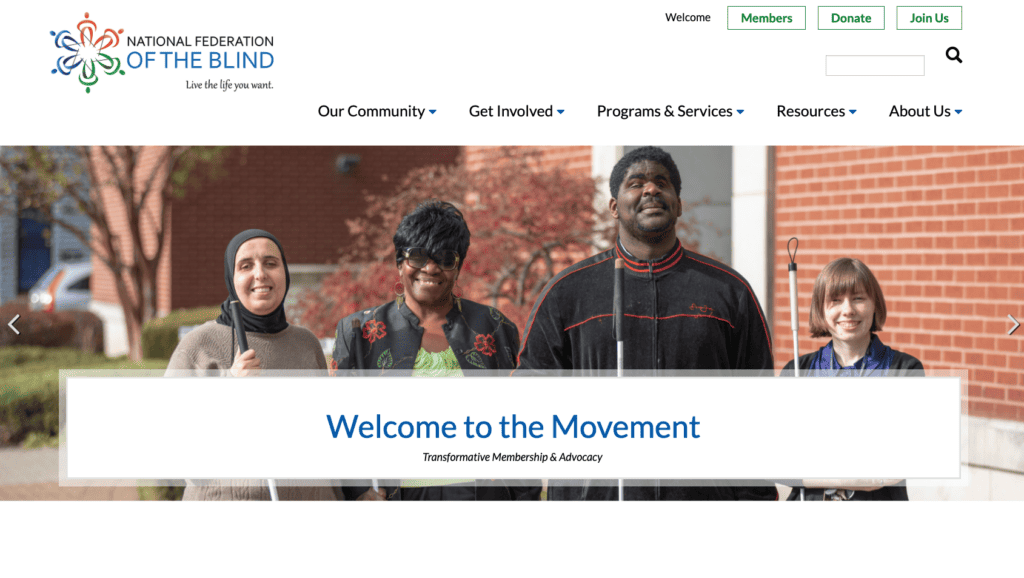Ensuring Digital Accessibility: A Comprehensive Guide for Nonprofits
In the modern era, the importance of digital accessibility cannot be overstated. For nonprofits, ensuring digital accessibility is not just a matter of compliance but a commitment to inclusivity. It’s about making sure that everyone, regardless of their abilities, can access, understand, and navigate your online content. This guide delves deep into the nuances of digital accessibility, offering actionable insights and strategies tailored for nonprofits.
Why Digital Accessibility Matters
Digital accessibility is more than just a buzzword; it’s a commitment to ensuring that all users, including those with disabilities, can access and benefit from digital content. For nonprofits, this means ensuring that websites, apps, and other digital platforms are designed and developed with accessibility in mind.
- Reaching a Wider Audience: By ensuring digital accessibility, nonprofits can connect with a broader audience, including the estimated 15% of the global population that lives with some form of disability.
- Enhancing Brand Image: An accessible website reflects a nonprofit’s commitment to inclusivity and social responsibility.
- Legal Compliance: Many countries have regulations that mandate digital accessibility, and non-compliance can lead to legal repercussions.
Digital Accessibility in Action: Real-life Examples

- The National Federation of the Blind (NFB): They have been at the forefront of advocating for digital accessibility. Their website is a testament to their commitment, with features like screen reader compatibility, high contrast modes, and keyboard navigation.

- United Cerebral Palsy (UCP): Their website offers a seamless experience for users with disabilities. Features like resizable text, alt text for images, and clear content structure make it a model for digital accessibility.
Key Elements of Digital Accessibility
Ensuring accessibility involves a multifaceted approach. Here are some critical elements to consider:
- Alt Text for Images: Every image on your website should have alternative text that describes the image’s content or function. This is crucial for screen readers used by visually impaired users.
- Keyboard Navigation: Ensure that all website functions can be accessed using only a keyboard, catering to those who can’t use a mouse.
- Readable Text: Use fonts that are easy to read, and ensure there’s a high contrast between text and background colors.
- Clear Content Structure: Use headers correctly, and ensure a logical flow of content, making it easier for screen readers to interpret the content.
Digital Accessibility: Tools and Resources
There are numerous tools and resources available to help nonprofits ensure digital accessibility:
- WAVE: A free web accessibility evaluation tool that offers insights into potential accessibility issues on your website.
- NVDA: A free screen reader that can help you understand how visually impaired users experience your website.
- Color Contrast Checker: This tool ensures that your text and background colors meet the necessary contrast ratios for readability.
Digital Accessibility: Overcoming Common Myths
There are several misconceptions surrounding digital accessibility. Here are some myths debunked:
- It’s Expensive: While there might be initial costs involved in making a website accessible, the long-term benefits, including reaching a wider audience and avoiding legal issues, outweigh the costs.
- It’s Only for Large Organizations: Digital accessibility is essential for organizations of all sizes. Every user deserves an accessible online experience.
- It Compromises Design: Accessibility and aesthetics can coexist. Many accessible websites are also visually appealing.
The Future of Digital Accessibility
As technology continues to evolve, so will the standards and practices of digital accessibility. Nonprofits must stay updated with the latest trends and tools in the realm of digital accessibility to ensure that their digital platforms remain inclusive.
In conclusion, digital accessibility is not just a technical requirement but a reflection of a nonprofit’s commitment to inclusivity and equality. By ensuring digital accessibility, nonprofits can connect with a broader audience, enhance their brand image, and stay compliant with legal regulations. It’s time to embrace digital accessibility and make it an integral part of your nonprofit’s digital strategy.

